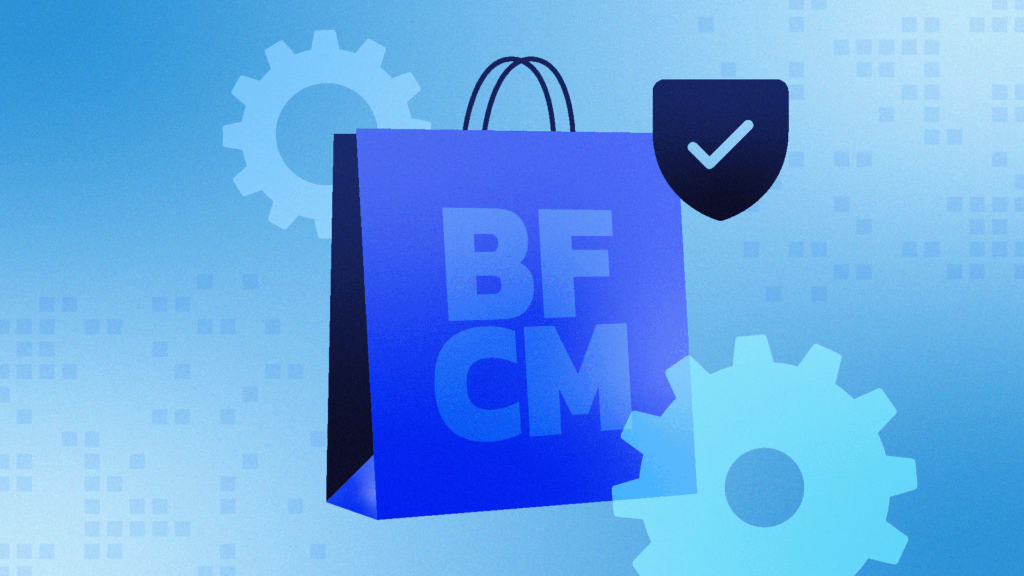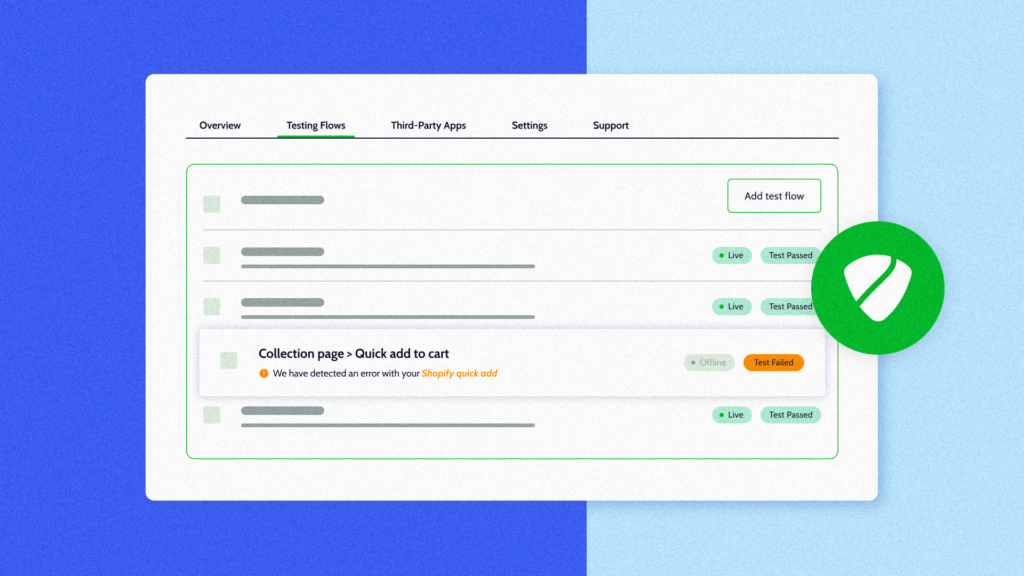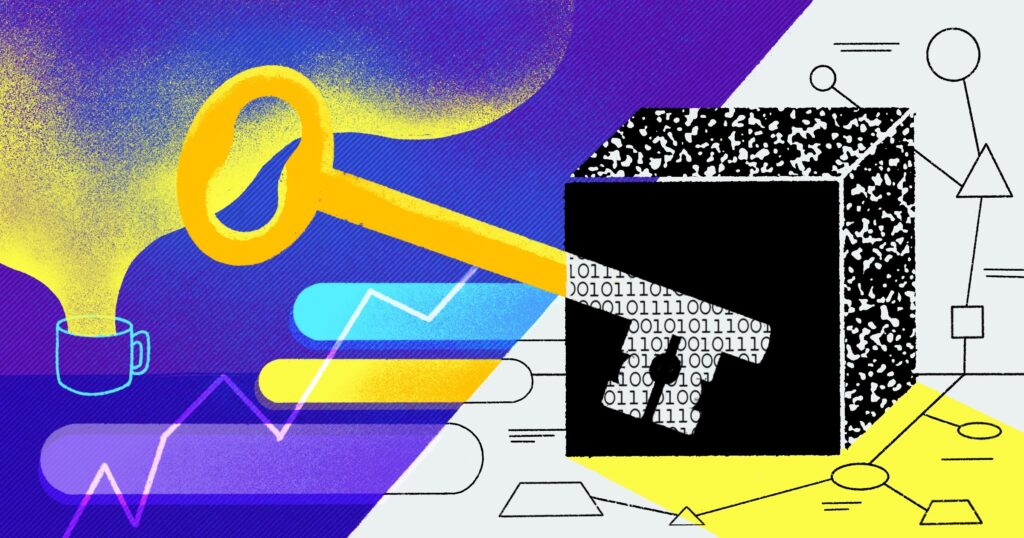FFWD
- SaaS data loss leads to severe business consequences, including costly downtime (up to $1M/hour), regulatory penalties, and long-term customer churn due to lost trust.
- Under the Shared Responsibility Model, users—not SaaS providers—are accountable for protecting and recovering their account-level data.
- Following the 3-2-1 backup rule and investing in disaster recovery planning significantly reduces breach impact and ensures operational resilience.
Data is the lifeblood of business operations. Software development teams rely on platforms like GitHub, Jira, and Confluence to collaborate, manage projects, and store critical intellectual property. Sales teams depend on CRM data. Marketing teams need campaign assets. And when data is lost—whether through cyberattack, human error, or technical failure—work grinds to a halt.
The true cost of SaaS data loss extends far beyond recovery expenses. It’s measured in lost productivity, damaged reputation, regulatory fines, and customer trust that may never return. Understanding these costs is the first step toward building true data resilience.
The high cost of SaaS data loss
The numbers paint a sobering picture. The global average cost of a data breach reached $4.88 million in 2024, as breaches grew more disruptive and put further demands on teams. The global average cost of a data breach fell 9% in 2025 to $4.44 million, thanks to faster identification and containment. However, IBM notes that this worldwide number would be lower were it not for the US, where the cost grew 9% to $10.22 million.
But these averages only tell part of the story. For organizations in critical sectors, the costs can skyrocket:
- Healthcare participants saw the costliest breaches across industries with average breach costs reaching $9.77 million
- Companies in the financial sector now spend $6.08 million dealing with data breaches, which is 22% higher than the global average
- Critical infrastructure organizations like healthcare, financial services, industrial, technology, and energy see the highest breach costs across industries
Beyond the breach: Understanding downtime costs
When SaaS data is lost, operations slow or stop. Organizations face dreaded downtime, the cost of which has reached staggering levels: accepted estimates put the average cost at around $9,000 per minute. That translates to $540,000 per hour, a number that can devastate even well-funded organizations if hours mount.
The range of downtime costs varies significantly based on company size:
- A small businesses’ cost of downtime falls into a range of $137 to $427 per minute
- For the largest businesses, downtime can cost over $16,000 per minute ($1 million per hour) for a short outage
- Unplanned downtime now averages $14,056 per minute, rising to $23,750 for large enterprises
The hidden costs: Trust, reputation, and customer churn
The immediate financial impact of downtime can be heavy, but downtime is just one cost of SaaS data loss. The long-term costs of SaaS data loss are harder to quantify but perhaps even more damaging. According to research, 65% of customers lose faith in a brand following a data breach. This erosion of trust translates directly to lost business.
Customer churn following a data breach can spike dramatically. Organizations report churn rates increasing as much as 7% following a breach. For a business generating $100 million annually, that translates to a $7 million revenue loss, not including the cost of rebuilding the churned pipeline or investment in customer win-back programs.
Reputational damage extends beyond current customers; news travels at the speed of social media and a major data loss event can deter prospective customers for years. High-profile outages, like the two-week Atlassian outage in 2022 or the 2024 CrowdStrike-Microsoft incident, serve as cautionary tales that can influence purchasing decisions long after systems are restored.
The rising cybercrime epidemic
Meanwhile, the threat landscape continues to evolve and expand.
Cybercrime is estimated to have a $10.5 trillion impact in 2025. If the predicted 2.5% growth rate holds true, that number increases to $12.2 trillion in 2031—more than $1 trillion per month.
In DevOps environments, the risks are particularly acute. Continuous integration/continuous deployment (CI/CD) pipelines provide entry points into critical systems, resulting in SaaS data loss. A successful breach can expose:
- Secrets and API keys
- Cloud configurations
- Deployment processes
- Years of intellectual property stored in code repositories
The Shared Responsibility Model: A critical misunderstanding
It’s easy to assume that “in the cloud” means always backed up and always available. It doesn’t.
In the 2024 State of SaaS Data and Recovery report, 79% of IT professionals surveyed mistakenly believed that SaaS apps include backup and recovery by default.
Considering that 85% of organizations reported at least one data loss event in the previous 12 months, this misconception isn’t just wrong, it’s also dangerous.
In reality, SaaS platforms operate under the Shared Responsibility Model, where:
- Providers are responsible for: Platform availability, infrastructure security, and system-level backups
- Users are responsible for: Account-level data protection, access controls, and data backup/recovery
According to Gartner, in 99% of cloud security failures through 2025, the customer—not the platform—will be at fault.
Under the Shared Responsibility Model, if user data is lost, whether to an accident or an attack, recovery is the user’s responsibility.
In other words, 99% of the time, the responsibility for recovering lost data lies with the user, not the platform.
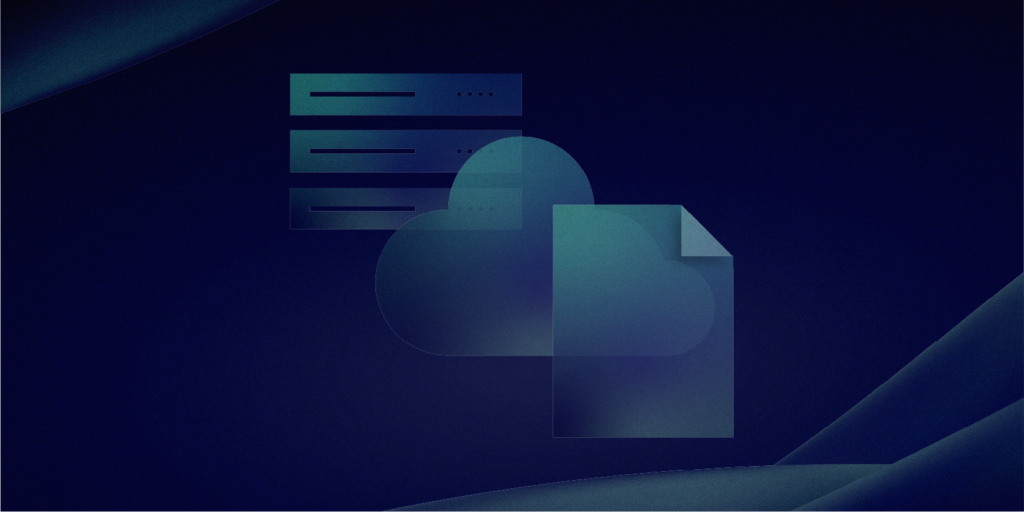
The 3-2-1 backup rule: Defend against the cost of SaaS data loss
The 3-2-1 backup rule represents the gold standard for data protection, recommended by cybersecurity professionals and government agencies alike. For SaaS data, this means:
3 copies of your data: Your production data counts as one copy; you need two additional backups
2 different cloud locations: Ensures you always have access to your data, even if one location fails
1 off-platform, immutable copy: Protected from changes that affect the SaaS platform itself
Following this rule ensures true data resilience. It protects against:
- Accidental deletions by team members
- Agentic AI errors or hallucinations
- Malicious actions by departing employees
- Ransomware attacks that encrypt or delete data
- Platform-wide issues or extended outages
- Corrupted data from faulty scripts or integrations
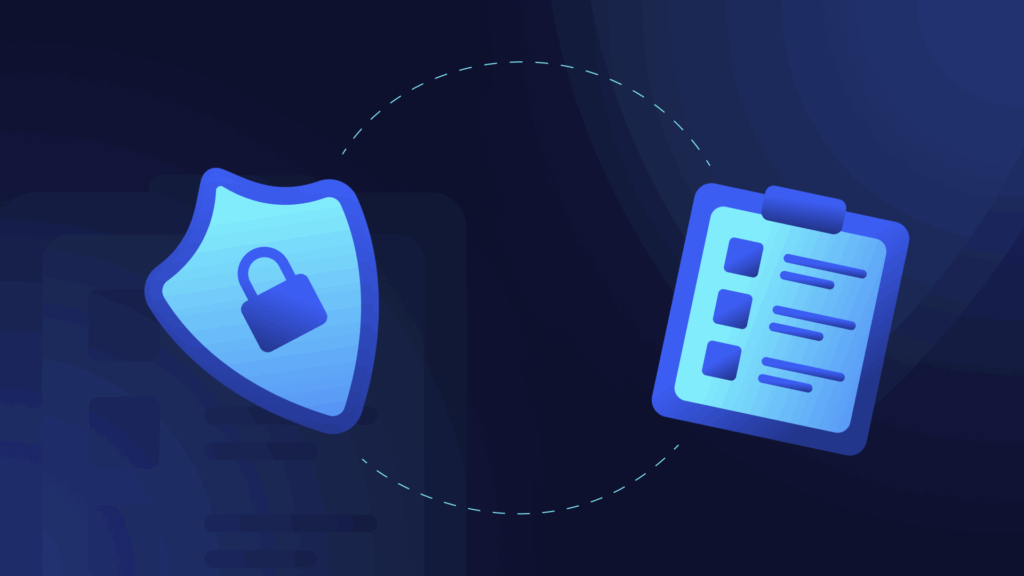
Building resilience: Prevention and preparedness
The cost of SaaS data loss makes one thing clear: prevention and preparedness are not optional, they’re business imperatives. Organizations that invest in comprehensive backup and recovery strategies see significant benefits:
- 80% of organizations say that cloud-based disaster recovery solutions lead to a significant reduction in downtime.
- For organizations with an incident response (IR) team and a clear disaster recovery (DR) plan, the average cost of a breach is $3.26 million, 58% lower than the average $5.29 million cost without.
A clear, battle-tested SaaS data backup and recovery solution is a key component of any DR plan.
To mitigate the risks (and cost) of SaaS data loss, ensure your IR plan includes:
- Automated, continuous backups: Eliminate human error and ensure no data is left unprotected
- Granular recovery capabilities: Restore individual files, records, or projects without affecting other data
- Regular recovery testing: Verify your ability to restore data before disaster strikes
- Clear documentation: Ensure all stakeholders understand their responsibilities and recovery procedures
- Security training: Address the human element, as social engineering remains a top attack vector
The bottom line: Can you afford the cost of SaaS data loss?
The question isn’t if an organization will face a data loss event, it’s when. Every moment without comprehensive SaaS backup increases your exposure to:
- Operational disruption costing thousands per minute
- Breach-related expenses into the millions of dollars
- Customer churn and lasting reputational damage
- Regulatory fines and compliance failures
Take action today
Data loss in SaaS platforms isn’t just an IT issue, it’s a business continuity consideration. The statistics are clear: the cost of SaaS data loss continues to rise, and brand equity and customer trust, once compromised, are difficult to rebuild.
But there’s good news: with proper planning, the right tools, and a commitment to data protection, organizations can build resilience against these threats. By implementing the 3-2-1 backup rule, understanding the Shared Responsibility Model, and protecting critical data with a bulletproof backup and recovery plan, you can ensure your critical SaaS data remains safe, recoverable, and ready for whatever challenges lie ahead.
Get started with Rewind with a 14-day free trial or book a demo to learn more about how backups can mitigate risk, build resilience, and support compliance for your organization.

 Rewind">
Rewind">
